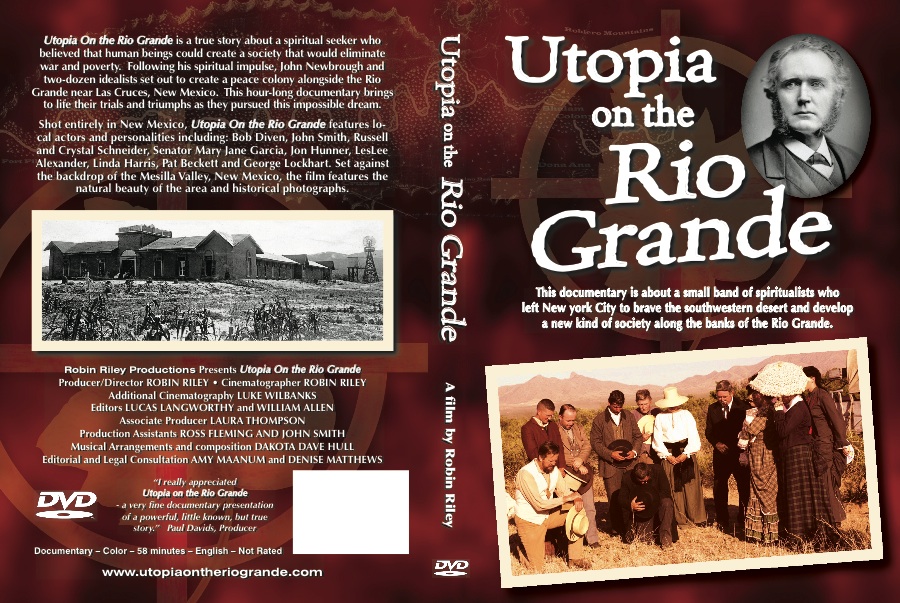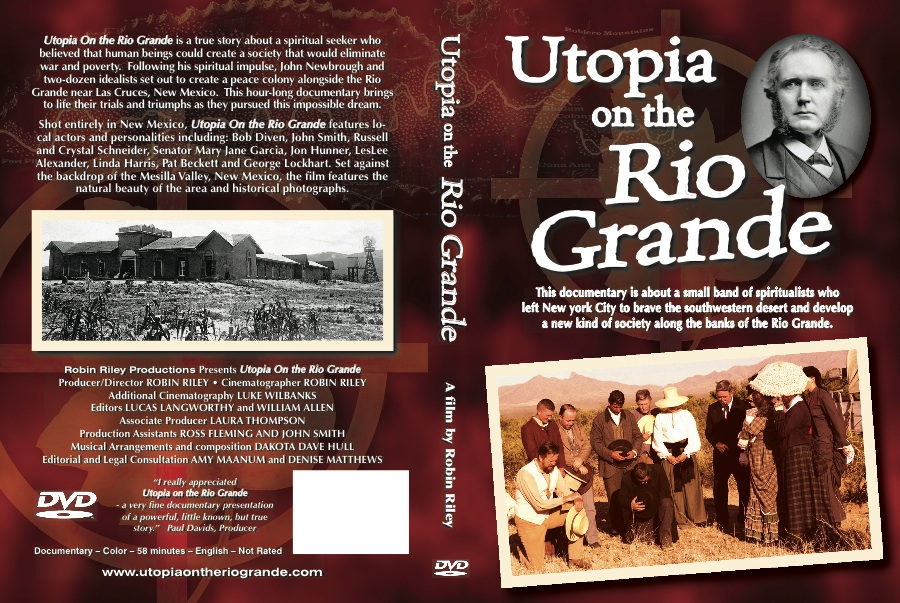









A film about a little known colony of idealists who set out to change the world.













A film about a little known colony of idealists who set out to change the world.


